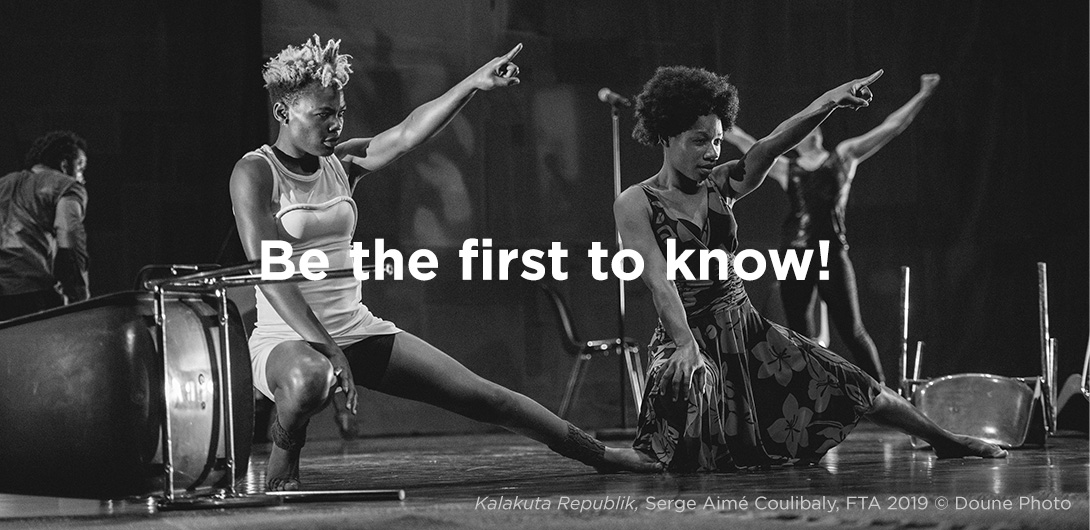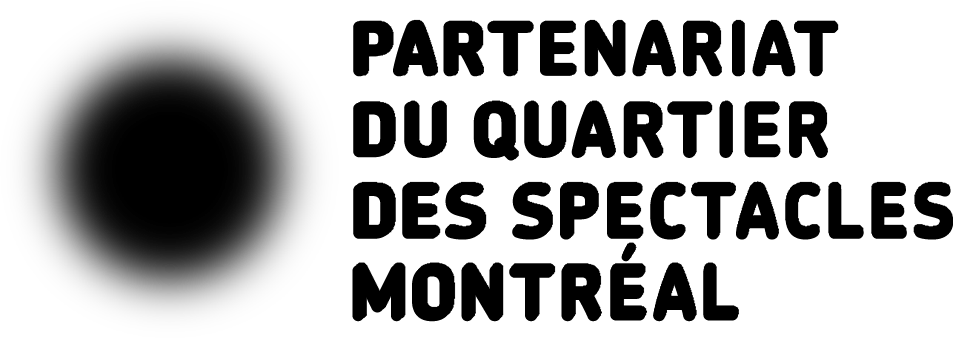What interested you in this work by Pierre Perrault?
I had wanted to direct a text from the Quebec repertoire for a long time, and one day, someone mentioned Au cœur de la rose to me. From its opening lines, I was gripped by the play’s vivid atmosphere, and I saw how it could allow me to apply everything that interests me about theatre. As in his films, Perrault uses ordinary people and concrete situations to create a profoundly poetic experience. While the play is realistic, the author’s language and the way we are immersed in the characters’ psychology creates a powerful aesthetic and dramatic whole. I see a lot of myself in it. Most of the time, as a director, I focus on fairly realistic stories, and when I’m directing the actors, I’m even looking for hyper-realism. But when this approach to acting is pushed all the way and incorporated into the broader context of the show’s other elements, you get an aesthetic that is almost impressionistic or surreal.
You describe your work as “theatre-landscaping.” What exactly do you mean by this expression?
I would say that all of Pétrus’s work is landscaping. The whole team thinks about it in that sense. Like a landscape in painting, I try to create on stage images that are somewhat vague, melancholy, contemplative, larger than life. Thanks to our exploration of the space’s plans, the lighting, the sound, or the video, the environments that we sculpt are sensory. The words and dialogue resonate within a larger context that fills the theatre completely, both the stage and the hall, transporting us to another world, a million miles away from the everyday. I view the elements of the performance as a whole. Of course, people may identify with or grab on to certain elements, especially the characters and situations, but I like these to be situated within mysterious or magical worlds. Above all, I like to juxtapose a hazy, indistinct image with a strong sonic ambience. You don’t see much, but you hear clearly, and that appeals to and stimulates the audience’s imagination even more.
The first version of the play’s text dates from 1958. What have you observed in terms of the passage of time since Au cœur de la rose was written?
It’s quite a surprising play, which is both of its time and out of step with it. It came out at a time when the joual dialect caused a stir with its appearance in Quebec theatre, showcasing a reality that was very urban. Au cœur de la rose is far removed from that. The story is set on an island lost in the middle of the river, and the characters express themselves in language that, even though it’s inspired by Quebec speech, is quite formal.
From the vantage of the present, we can of course identify certain elements characteristic of the sixties, which I find very appealing. For example, there’s no communications technology—no phones. It’s a text in which time is long and slow. The characters also sometimes display a certain naivete about the world around them, which is no longer possible in our time since we’re always connected.
At the time, the play was also read—like most works of art produced in those years—in political terms. Today, there’s no doubt we can read it more freely and appreciate a wider variety of themes running through it.
What interests you the most?
In this text you can find timeless themes that are among my obsessions as an artist, notably including the call of the sea, the lives of those who leave and those who stay behind, the opposition of fate, the progressive forces of youth versus the inertia of conservatism, the violence of the world in the face of human beings’ attempts to find meaning in it, the confusing and powerful emergence of desires, the source of sadness… It’s a play that provides no answers, instead taking its time to show the complexity of situations. All the characters struggle against the elements, with who they are, with what attracts them or reassures them when confronting the ghosts that haunt them. It’s a web of dramatic destinies and entanglements in the middle of a natural environment that swallows them up. It’s very powerful.










